Annual Spring Preview: MAG Visits Danville Gardens
We’re in our happy place this week: the greenhouse! Owner of Danville Gardens Nathan Campbell takes us on a tour to show us how they prepare in the off-season to get their plants ready for us to bring home in the spring.
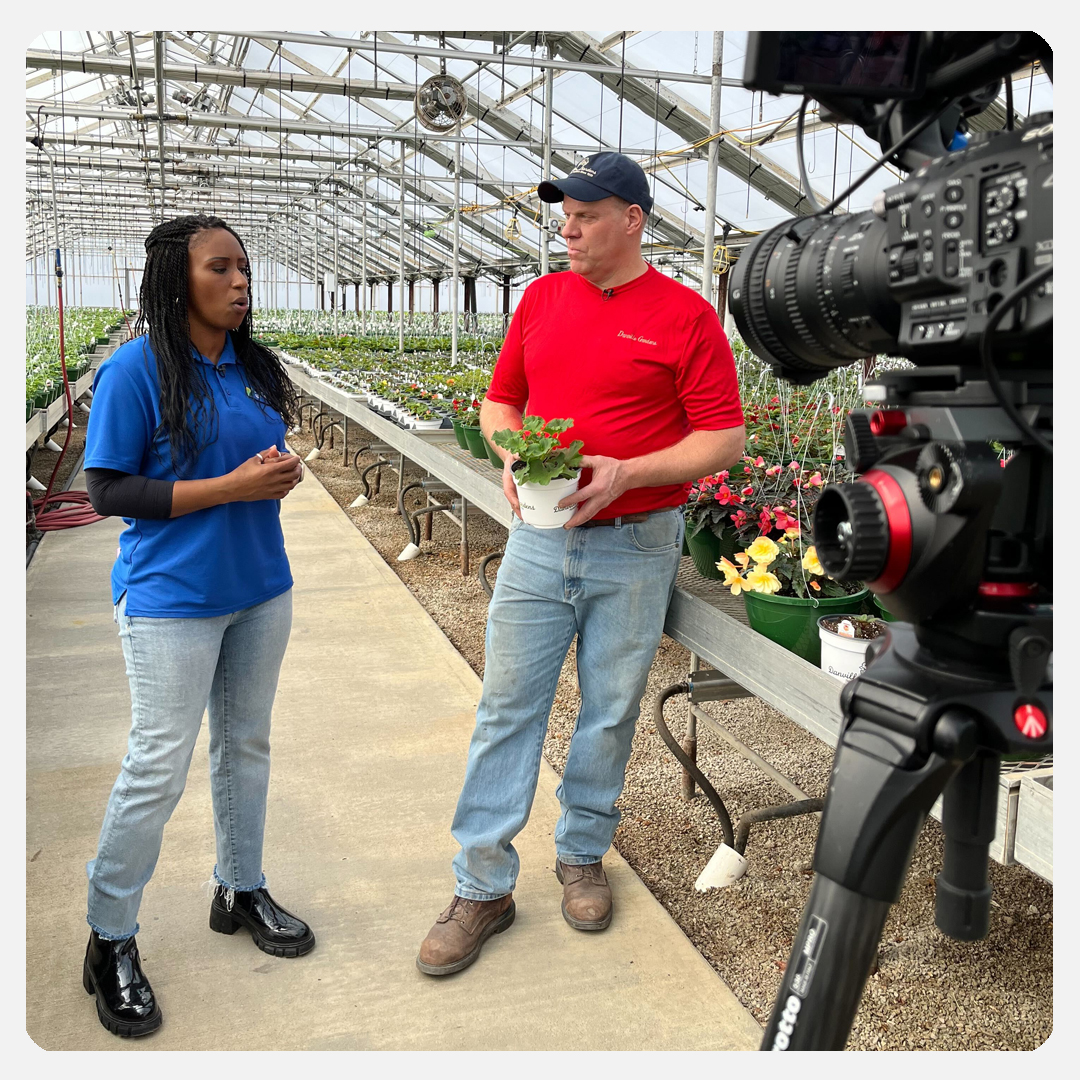
Many people often assume that plants come into greenhouses ready to come home, but Nathan explains that in the months prior to their opening day in April, they are actually growing each of their plants from little seedlings. The production line really ramps up in February, when they start to prepare over 30,000 hanging baskets—and that’s only the 10 inch size!
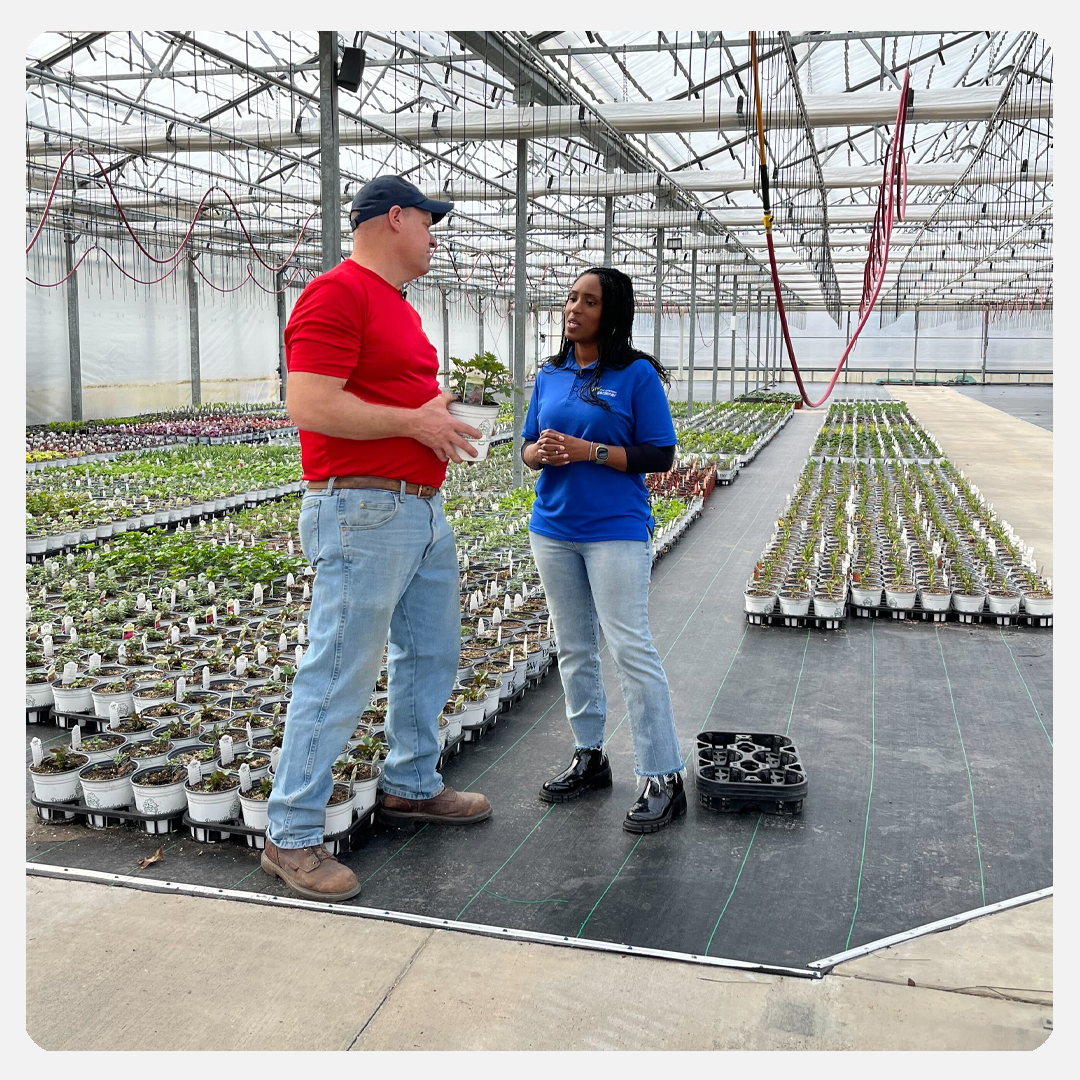
Creating their own potting mix, planting by hand, and making sure these plants remain healthy and happy is a lot of manual labor with a 12-14 week crop time for annuals.
Nathan reminds us that you should continue fertilizing your annuals once you bring them home. They need to be fed, just like us, to have the best results with blooming and growth. When picking out a plant from a nursery, look for healthy, white roots. Pop it out of the pot to check if you’d like! It’s the key to making sure you’re bringing home a strong, well established plant. Be sure to make sure your plant is also well hydrated and not wilted. You don’t want a stressed plant!
As we wander into another greenhouse, we ask Nathan to talk us through the difference between annuals and perennials, because it can be confusing. Nathan explains that you buy annuals annually, while perennials will come back year after year. The bloom time also differs, as annuals bloom quicker and throughout the whole summer, while perennials usually bloom for 2-6 weeks. Nathan recommends planting a variety of perennials in your flower beds to experience blooms throughout the entire growing season and mix in some annuals for continual color. Hostas and stilbe are great for shade while daylilies, rudbeckias, echinaceas, and peonies need a sunny spot.
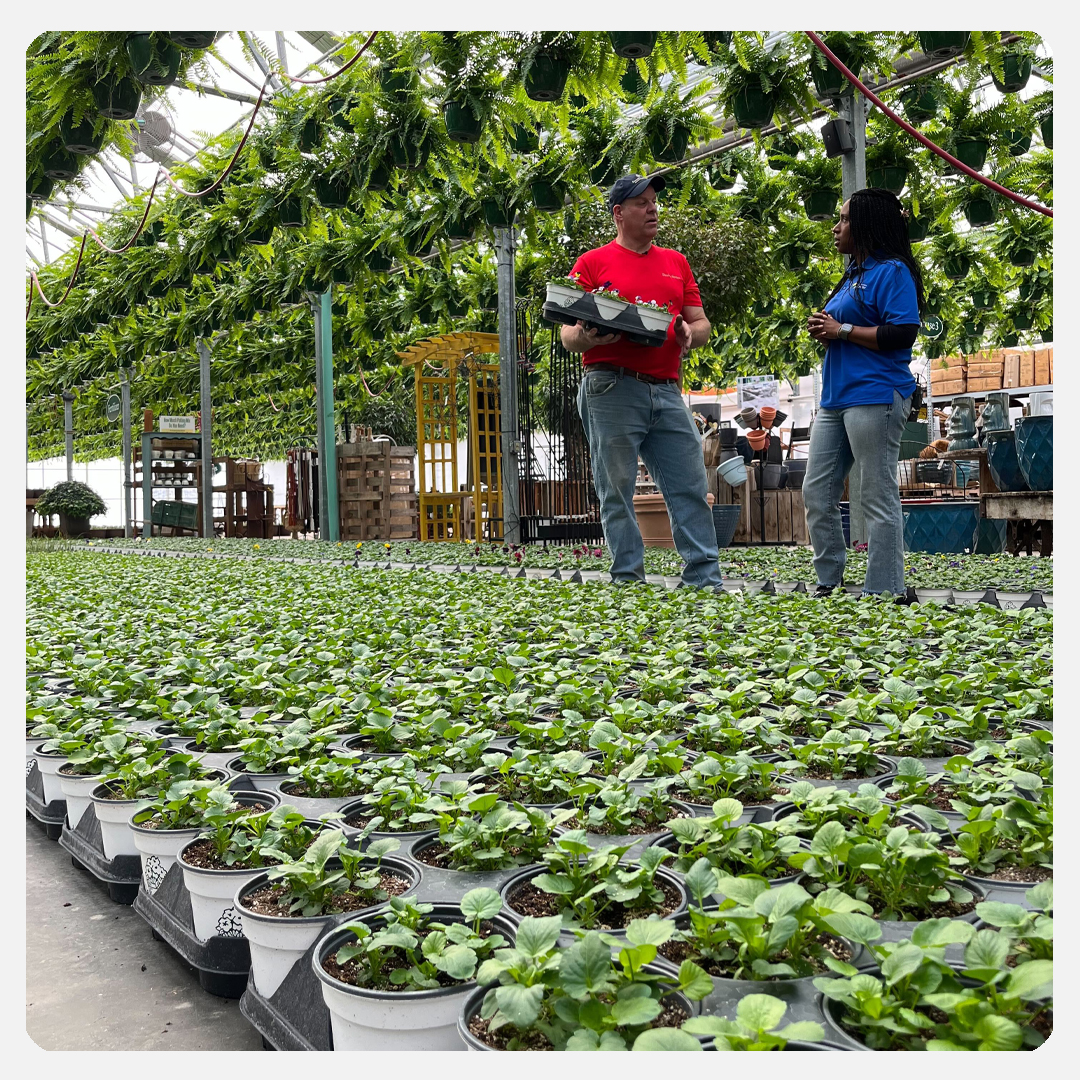
If you’re like us and wondering what we can start planting now, violas, pansies, and petunias are cold hardy and can go outside beginning in early April. Violas and pansies that you purchased in the fall should bloom for two seasons to be enjoyed in the spring as well.
Thank you Nathan and the rest of the team at Danville Gardens for taking the time to share how much hard work goes into preparing these plants for the spring and sharing some helpful tips along the way!
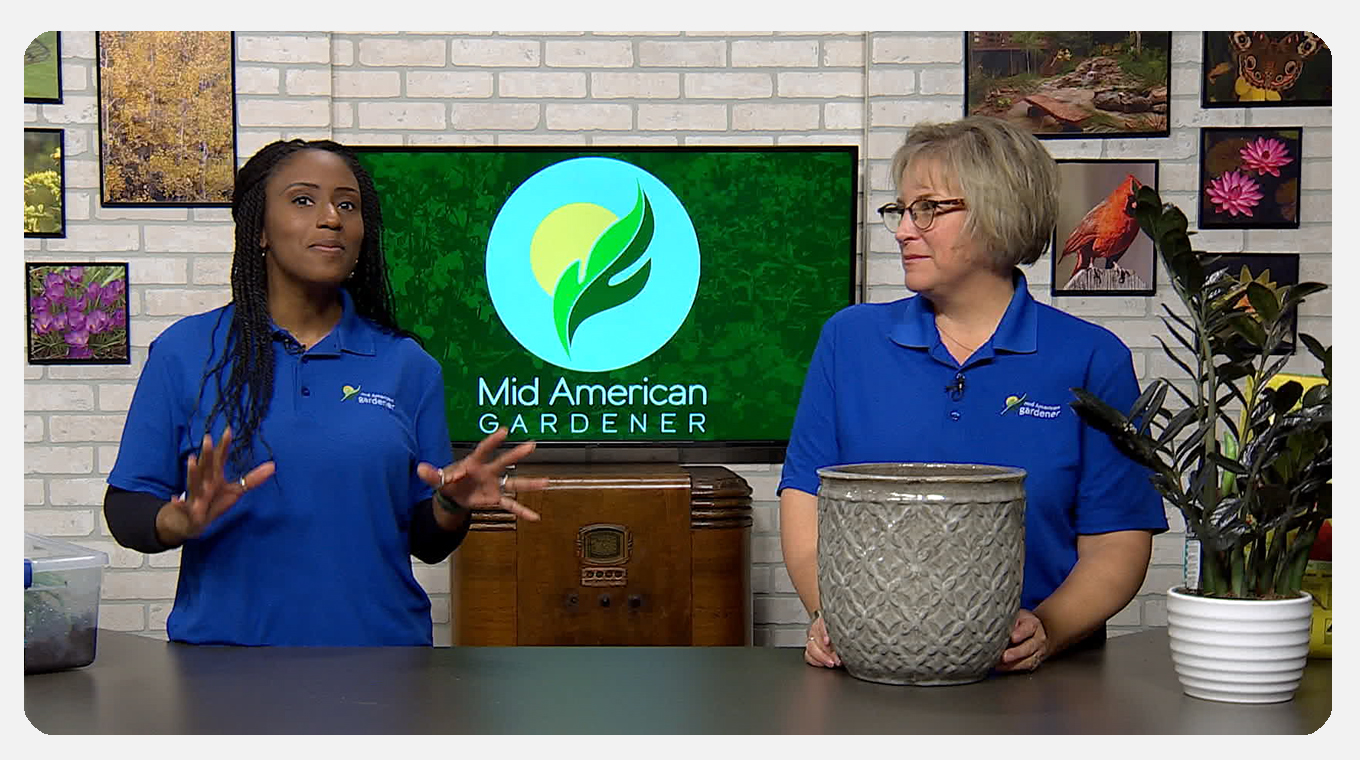
Jennifer Nelson then joins us in the studio to show us how to repot a “ZZ” plant. If you’re looking for ways to get your hands in the dirt, it’s time to start repotting if needed as they are beginning to wake up from their dormant period.
Jen’s “ZZ” plant is the “raven” variety which grows a bit smaller than the traditional plant. “ZZ” plants are very tolerant and can take a lot of abuse and neglect. Her nursery pot was starting to bulge and the roots were popping out the bottom, so she knew it was time to give it a bigger home.
When repotting any of your houseplants, be sure to choose a pot that has water drainage. Those ceramic pots are beautiful, but pick one with a drainage hole or layer another pot inside so that your roots can remain healthy. With size, Jen suggests sizing up by only an inch or two on all sides, as too much soil will contain too much moisture which is also bad for root rot.
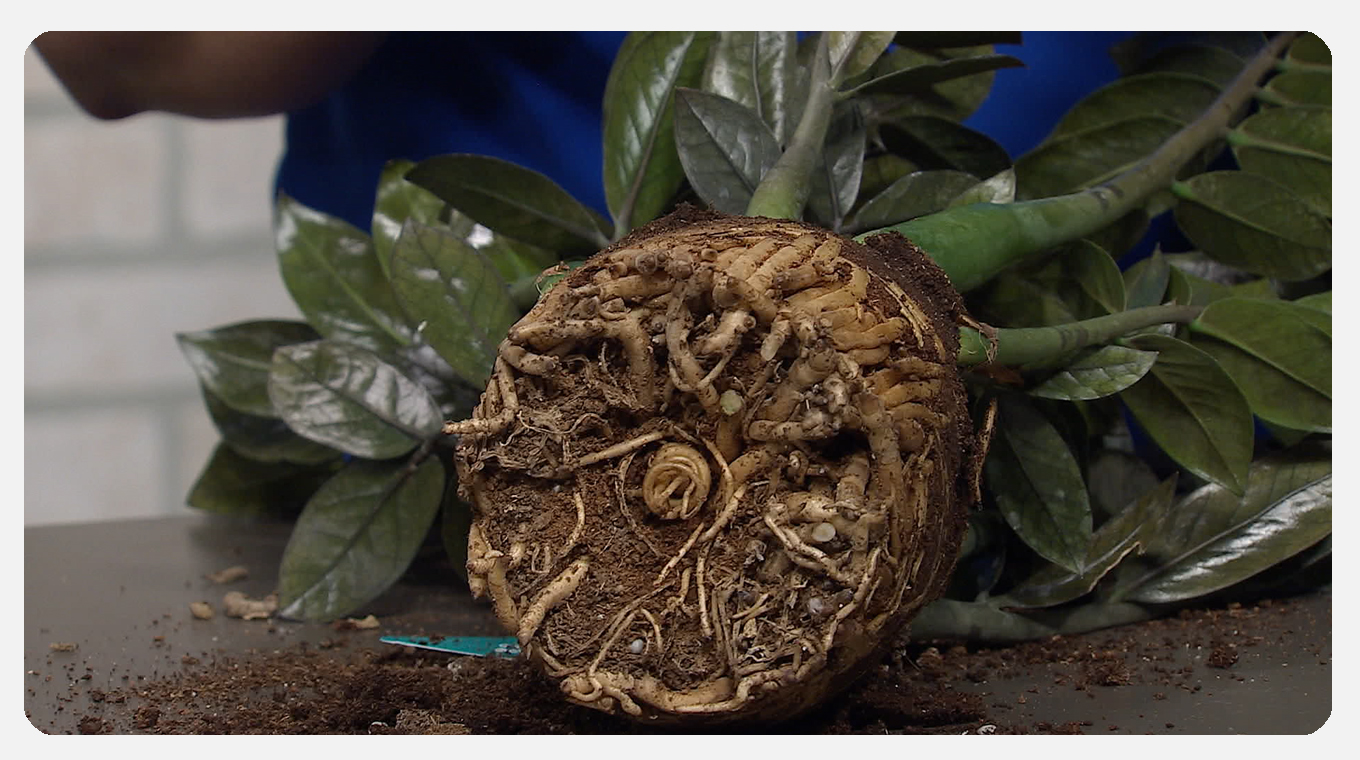
Jen hasn’t had success dividing her “ZZ” plant, but she found some sites with some helpful tips if you’re looking to divide or propagate your “ZZ.”
Illinois Extension: ZZ Plant is a Tropical that Thrives Indoors
University of Connecticut: ZZ Plant Fact Sheet
Michigan State University: ZZ plant is an easy tough indoor use
That’s all we’ve got this week, but hopefully you’re just as excited as we are about getting back in the garden.

As always, if there’s a question you’d like to ask one of our panelists, please send us an email at yourgarden@gmail.com com, or you can find us on Facebook and Instagram.


